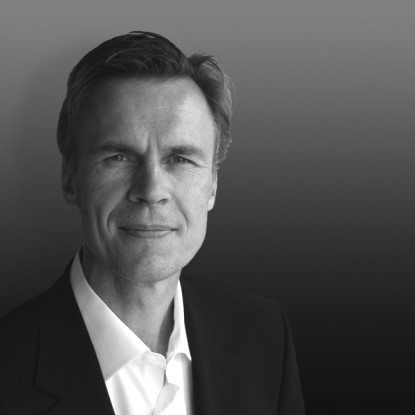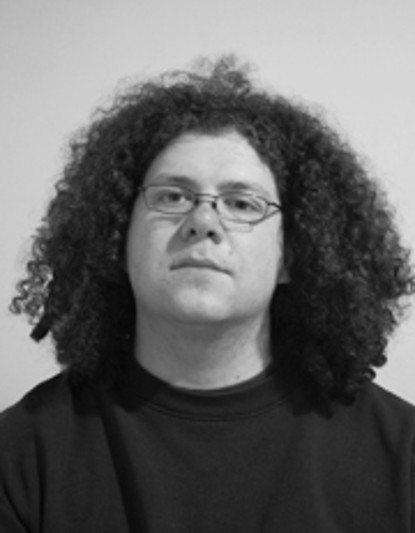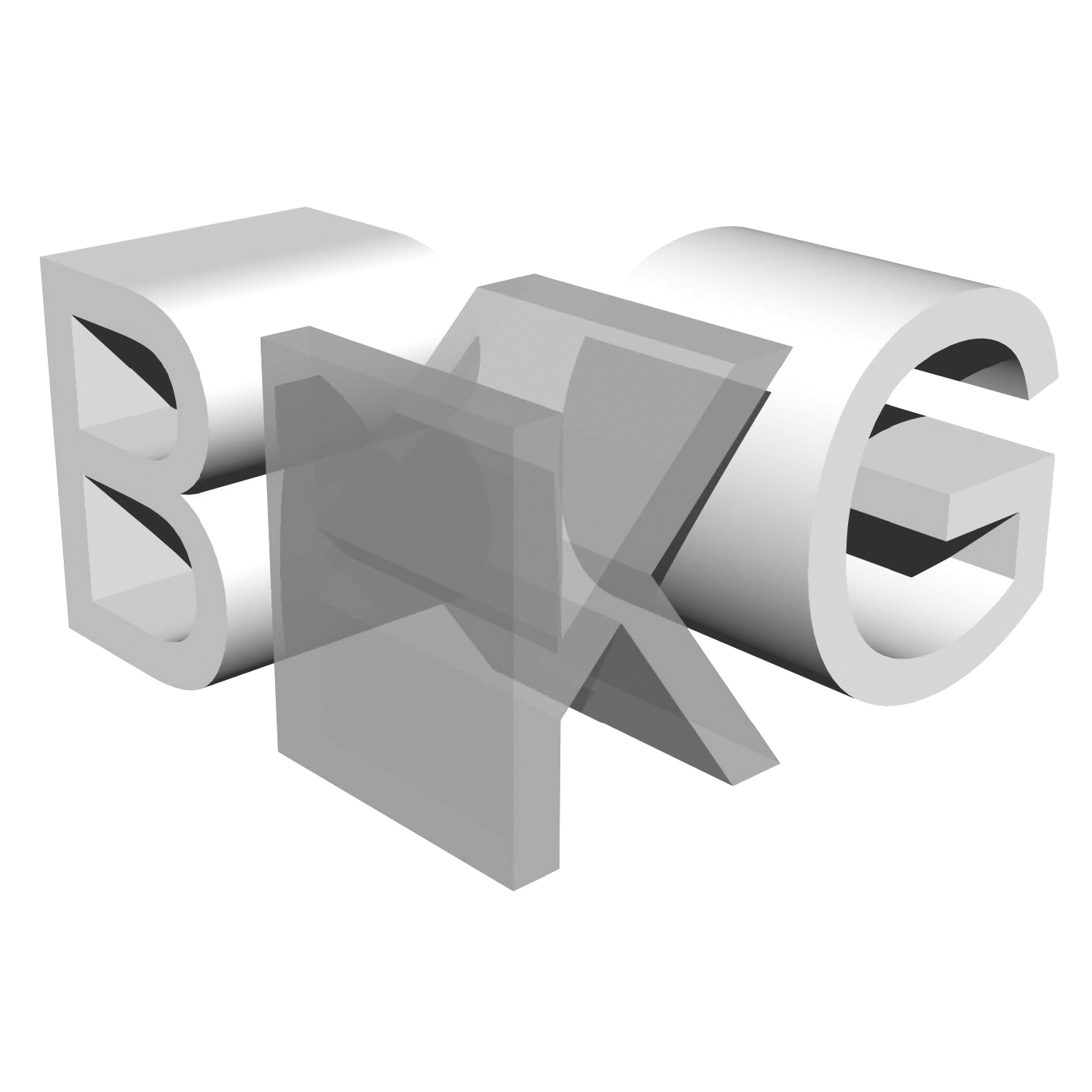Due to new applications in CAD and CAM, the production of more complex forms and volumes becomes possible. Even some years ago, the possibilities of an architect were restricted to the specified limits of the software – if he worked with a CAD program. Today's software make these restrictions void increasingly. New CAD applications, like “Rhinoceros” and the corresponding “Grasshopper” plug-in for example, allow digitally designed complex and free geometrical forms. If the pre-programmed tools do not meet the requirements, there is the possibility to “script” the required tools.
The realization of trendsetting designs is supported by new manufacturing processes like for instance CAM. But also in this area, one still comes across feasibility limits. A problem consists in the fact that the form-giving building shell can only be realized by means of a very extensive and expensive substructure. The building shell itself is exclusively restricted to the aesthetic qualities and contains few constructive or structural qualities. Current architecture tendencies and the accompanying material conception frequently require the use of steel. The good carrying properties inherent in the material are frequently not fully utilized, however.
In this research project, it is our objective to optimally implement the new design options in combination with innovative fabrication techniques, as they are researched for example in the special research department 666 “Integral sheet metal design with higher order bifurcation – development, manufacturing, evaluation”. In this project, integral products of sheet metal are developed. Thus, strong, curved and thin facade parts with minimum dimensional tolerances will be possible in the future. In order to be able to resort to the advantages of serial manufacturing with minimized production expenditure, it is particularly very important to restrict the number of unique copies for a die forging architecture.
We would like to approach this objective by means of parametric processes. Here, individual generation steps are supposed to be optimized individually by variable influence.
Contact
| Name | Contact | |
|---|---|---|
| Professors | ||

| Prof. Stefan Schäfer Professor | sts@kgbauko.tu-... +49 6151 16-21381 L5|06 330 |
| Former Scientific Staff and Non-scientific Staff | ||
|
A
| Dipl.-Ing. Scholeh Abedini Collaborative Research Center 666 | |

| Dipl.-Ing. Jakob Reising Shell structures made of curved sandwich panels | info@kgbauko.tu-... |

